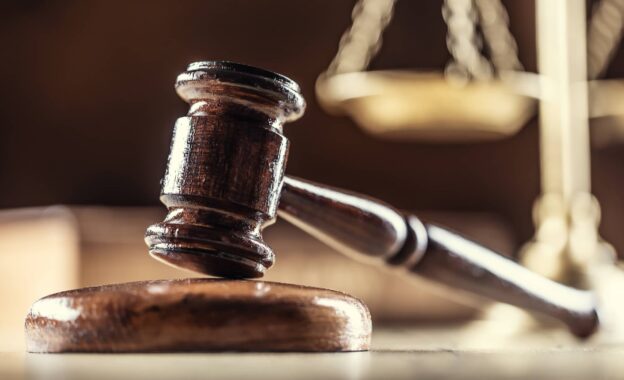As a tenant in New York City, you have certain rights. The most fundamental of these rights is to be safe from harm in your home. Your landlord cannot guarantee that there will never be a fire or another emergency in your apartment building, but he or she can – and is legally required to – take reasonable care to prevent emergencies and provide you with features that will keep you safe in the event of an emergency. Failure to take reasonable care to protect one’s tenants is an act of landlord negligence.
Smoke and Carbon Monoxide Detectors
In New York, landlords are required to install smoke detectors in all apartments. Smoke detectors must be battery-operated and within 10 feet of each bedroom. A smoke detector must be audible throughout the apartment. These detectors allow you the opportunity to exit the premises before your space becomes too dangerous in which to remain.
Your apartment must also contain a carbon monoxide detector. If the building was built or sold after 2005, the carbon monoxide detectors must be within 15 feet of each bedroom’s entrance. Carbon monoxide (CO) is a poisonous, colorless, odorless, and tasteless gas that is deadly if high levels are inhaled into a person’s lungs. These monoxide detectors are imperative in every home to make sure the tenant is alerted before the CO levels in the abode become fatal.
Apartment Door Locks and Secure Building Entries
The door to your apartment must have a secure lock. You may install your own lock in addition to this one. Your apartment door must also have a chain lock. Additionally, the door and chain lock must be in working order and if broken, repaired immediately by the landlord.
The front of the building must also have a secure entrance. If it was built or converted to a multiple dwelling after 1968, the building’s entry must have self-closing and self-locking doors at all entries.
Fire Extinguishers and Other Fire Safety Precautions
Landlords are not required to provide a fire extinguisher in each apartment, but they are required to have fire extinguishers available to tenants in a common area. Learn where your landlord has placed fire extinguishers in the building to enable you to act quickly in the face of an emergency.
In 1968, the revised building code banned the construction of new exterior fire escapes. External fire escapes are hard to navigate in a rush and require all tenants in danger to be in close proximity to the windows. In modern buildings, fire-proof interior stairways are the safe way to exit in case of a fire. In apartments with protective gates blocking access to the fire escape, the gate must be able to be opened from the inside without a key.
Building owners also must publish fire safety plans and post them on the inside of every apartment’s front door and in a conspicuous place in common areas. A fire safety plan must include the name of the building’s owner and, if applicable, the owner’s representative as well as the materials from which the building was constructed, all points of egress in the building, the number of floors in the building, and the date the plan was published.
Work with an Experienced New York Landlord Negligence Lawyer
Your landlord has the responsibility to keep you and the other tenants in your building safe from harm. If you suffer an injury or an illness because of an act of negligence on the part of your landlord, consider seeking compensation for your resulting damages through a landlord negligence claim. To learn more, speak with experienced landlord negligence lawyer Jeffrey K. Kestenbaum at 718-237-5586 today to schedule your free case review with an experienced .







